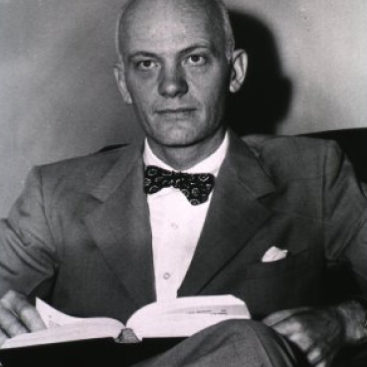Using Research to Promote Human Thriving




The Harvard Study and Lifespan Research Foundation
The joint mission of the Harvard Study of Adult Development (HSAD) and the Lifespan Research Foundation (LRF) is to promote and use the findings of adult lifespan research to enable people to live healthier lives filled with meaning, connection, and purpose.
Our study’s goal is to find answers to what makes a happy and meaningful life.
Learn more about the history of the Harvard Study.
- Researching who will become active and vigorous octogenarians and who will age poorly.
- Finding what experiences in childhood are more predictive of midlife health.
- Discovering if parents’ thriving marriages predict thriving marriages among their children.
- Learning how adolescents and young adults can build lives of meaning and purpose amid rapid social and technological change.
- Understanding how lifestyle choices are linked with how long we live.
Learn more about the history of the Harvard Study.
The Study Through Generations
Returning to Generation 2
In the next wave of our research, the Study will take a deeper dive into Generation 2. We plan to address three core themes:
- Purpose and meaning: How do motivation and a sense of purpose in life change as we age? How does a global crisis like the COVID-19 pandemic change our views of ourselves and what is important to us? How do experiences in the family, at work, and with peers promote passionate engagement in life in the context of rapid societal change?
- Community engagement: In our society, powerful cultural influences glorify individual achievement and happiness. What attitudes and experiences (in the family, with peers, at work) promote investment in the well-being of the community and the nation? What conclusions can we draw to inform how institutions might promote community involvement in rising generations?
- Attention, relationships, and the role of electronic media: How do electronic media (screens, social media) shape patterns of attention and information acquisition, and how does this influence engagement in real-time relationships and activities? What makes some adults more vulnerable to the negative effects of electronic media? What can the research tell us that would help families, media providers, and others to maximize the positive value of electronic media on relationships?

On the Horizon
In its 9th decade, the Harvard Study of Adult Development, a unique and precious resource for understanding adult psychological and physical development across generations, continues its voyage of discovery, adding new information to its treasure trove of data, and fueling the Lifespan Research Foundation with knowledge to enable people to live healthier lives filled with meaning, connection, and purpose. W.T. Grant’s groundbreaking vision continues to inspire new research that benefits the world.



